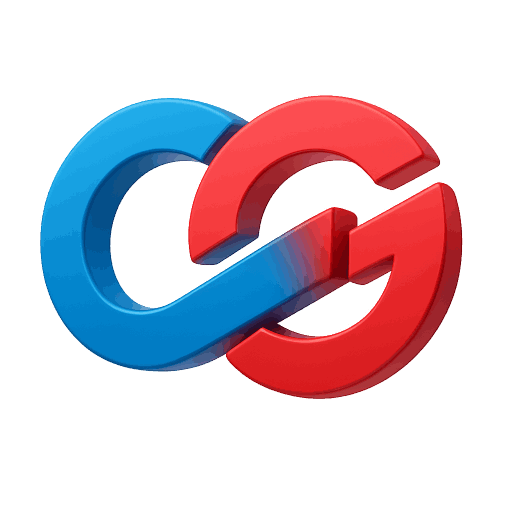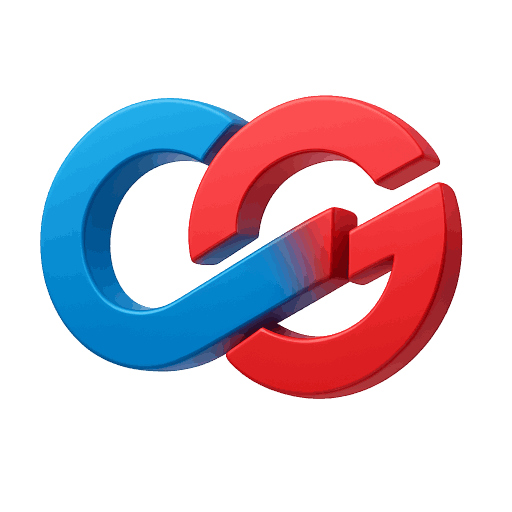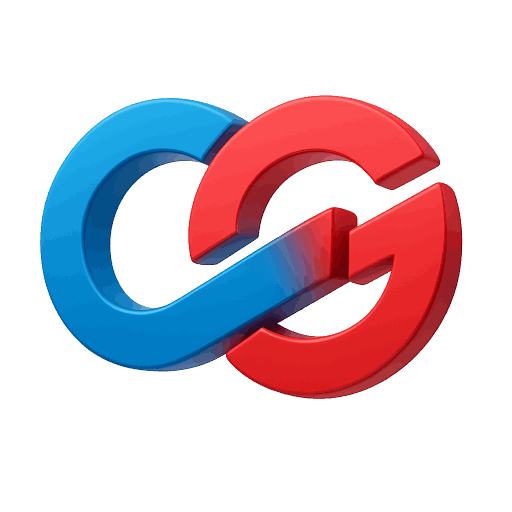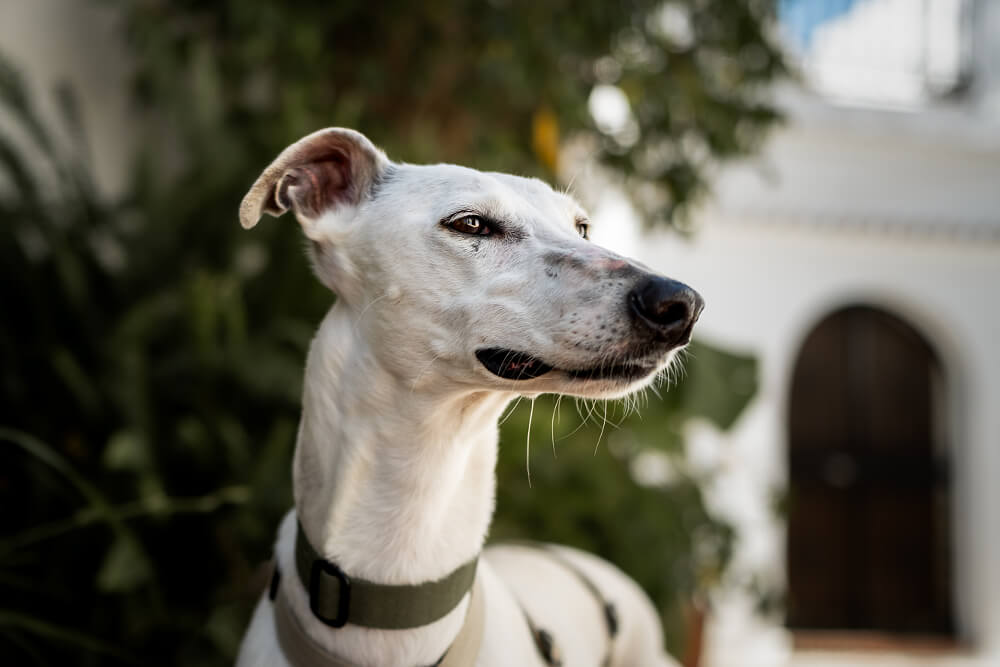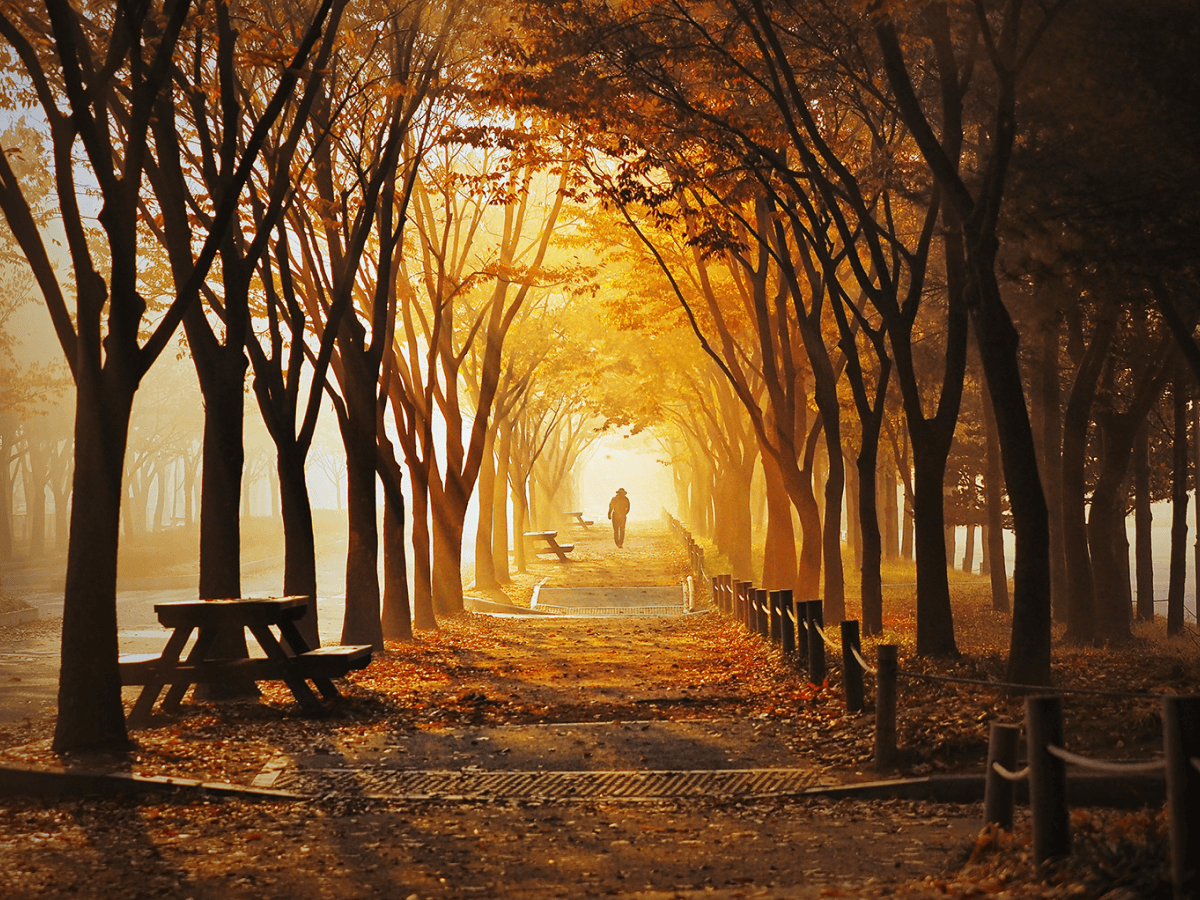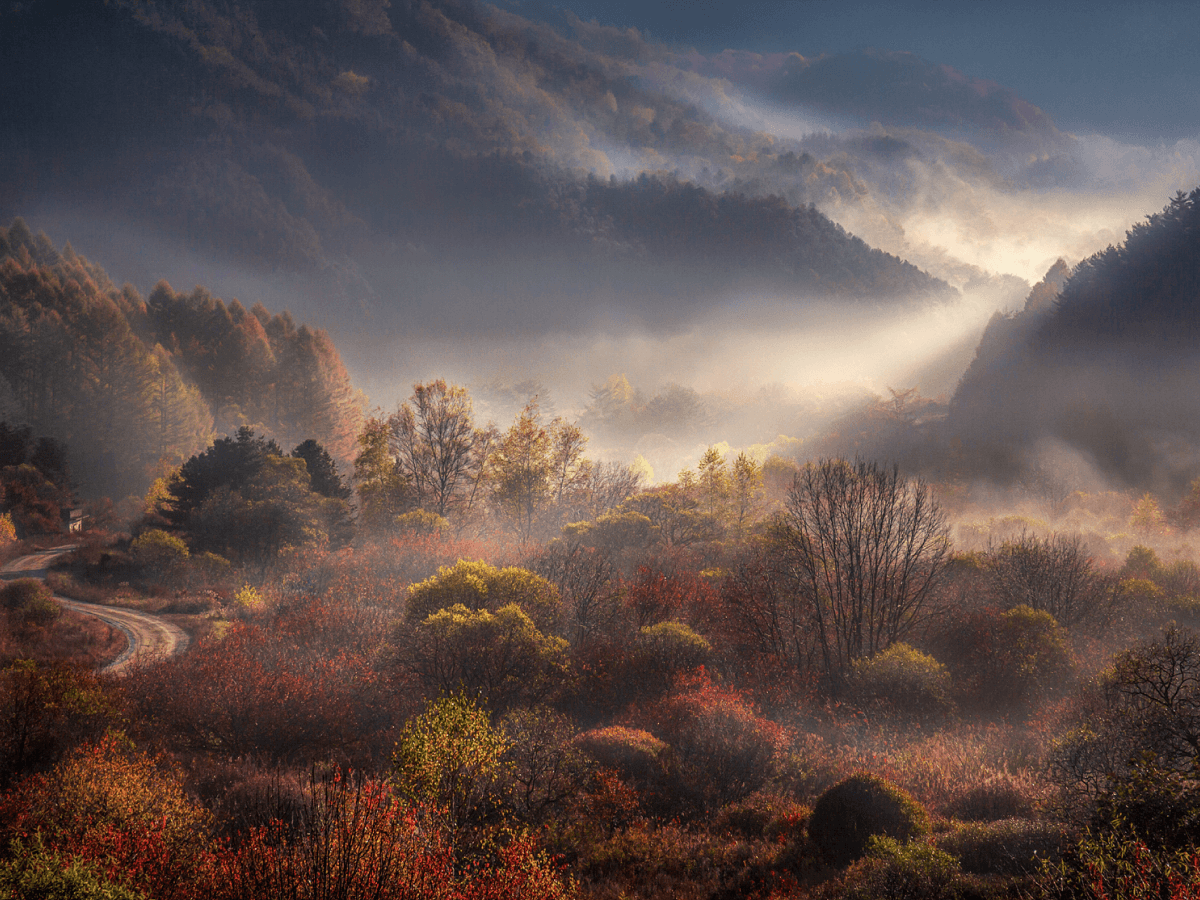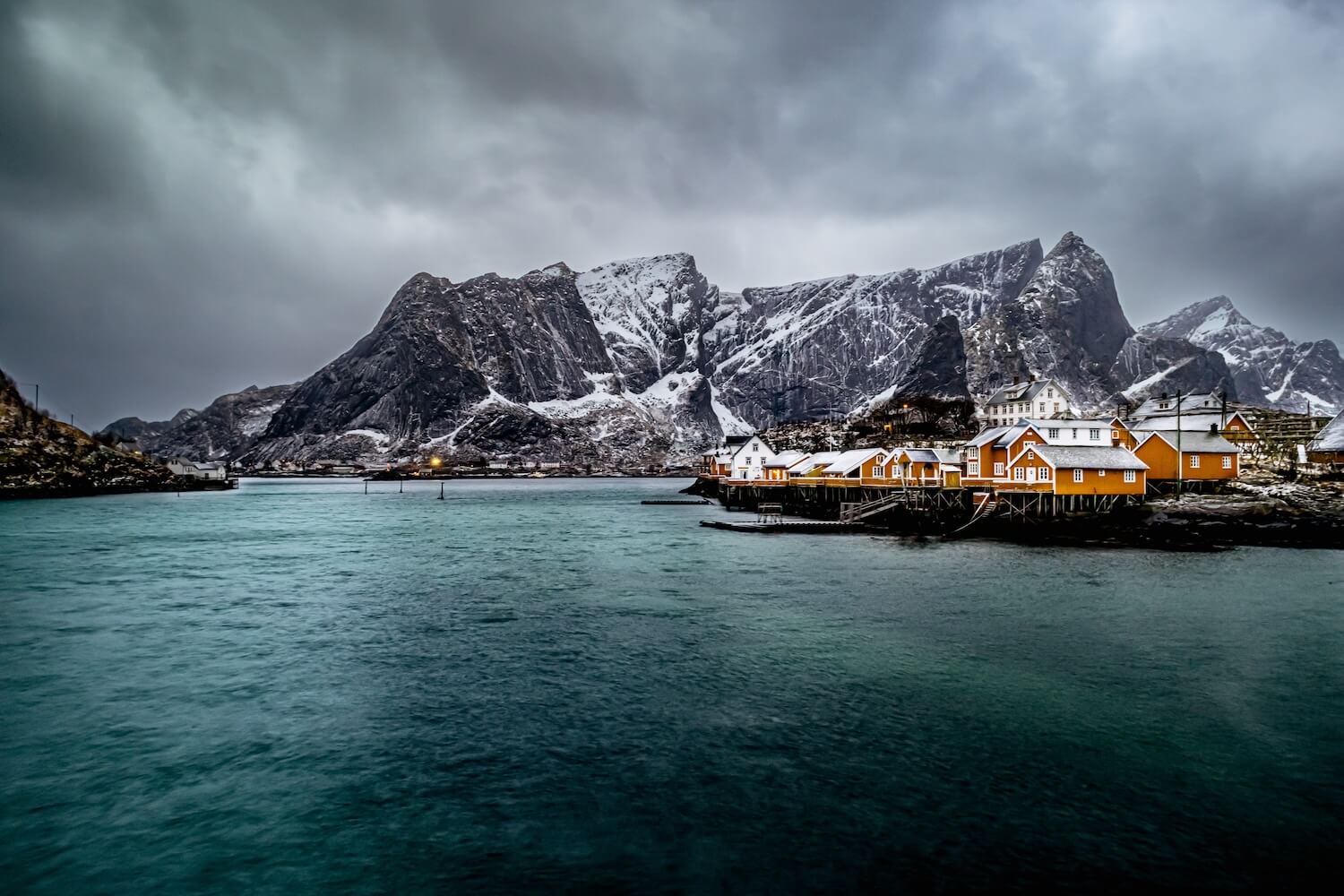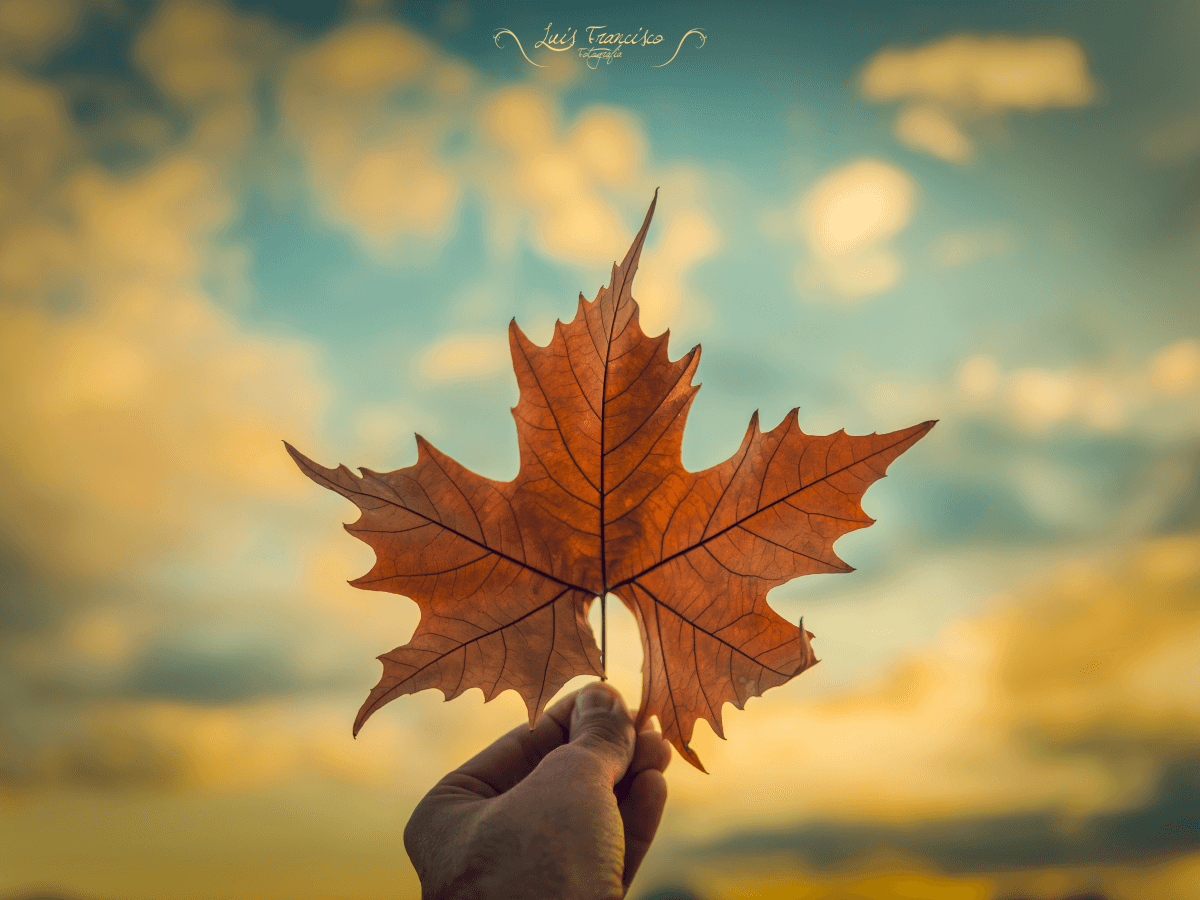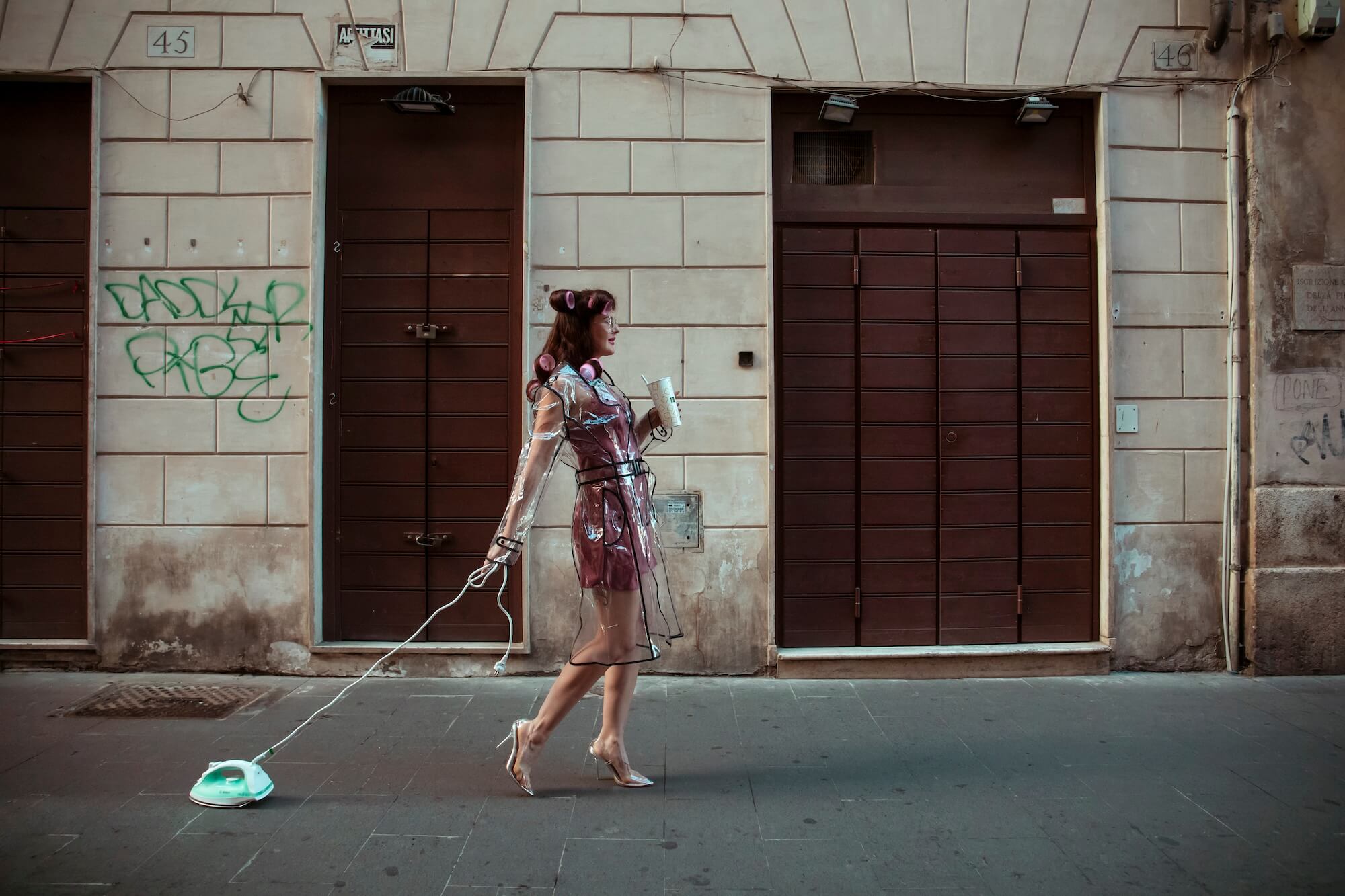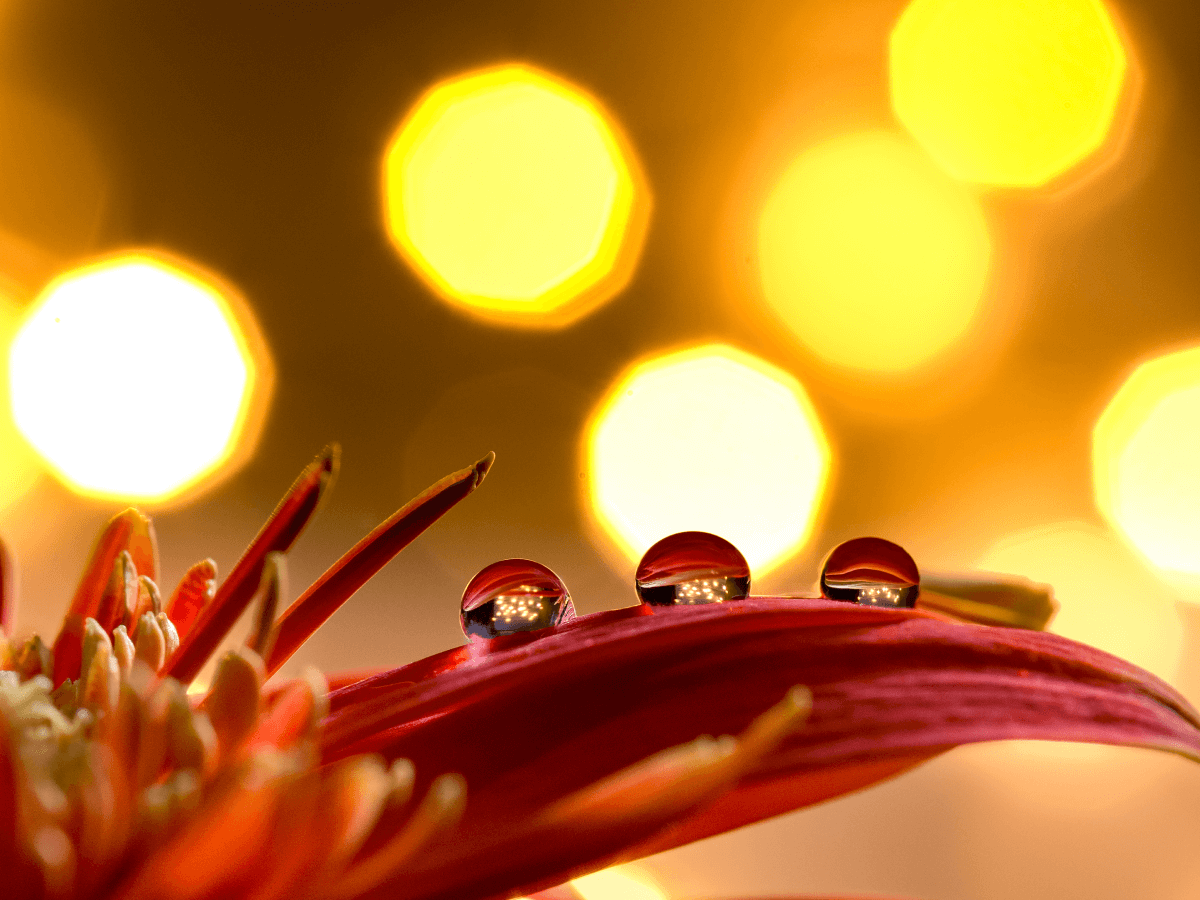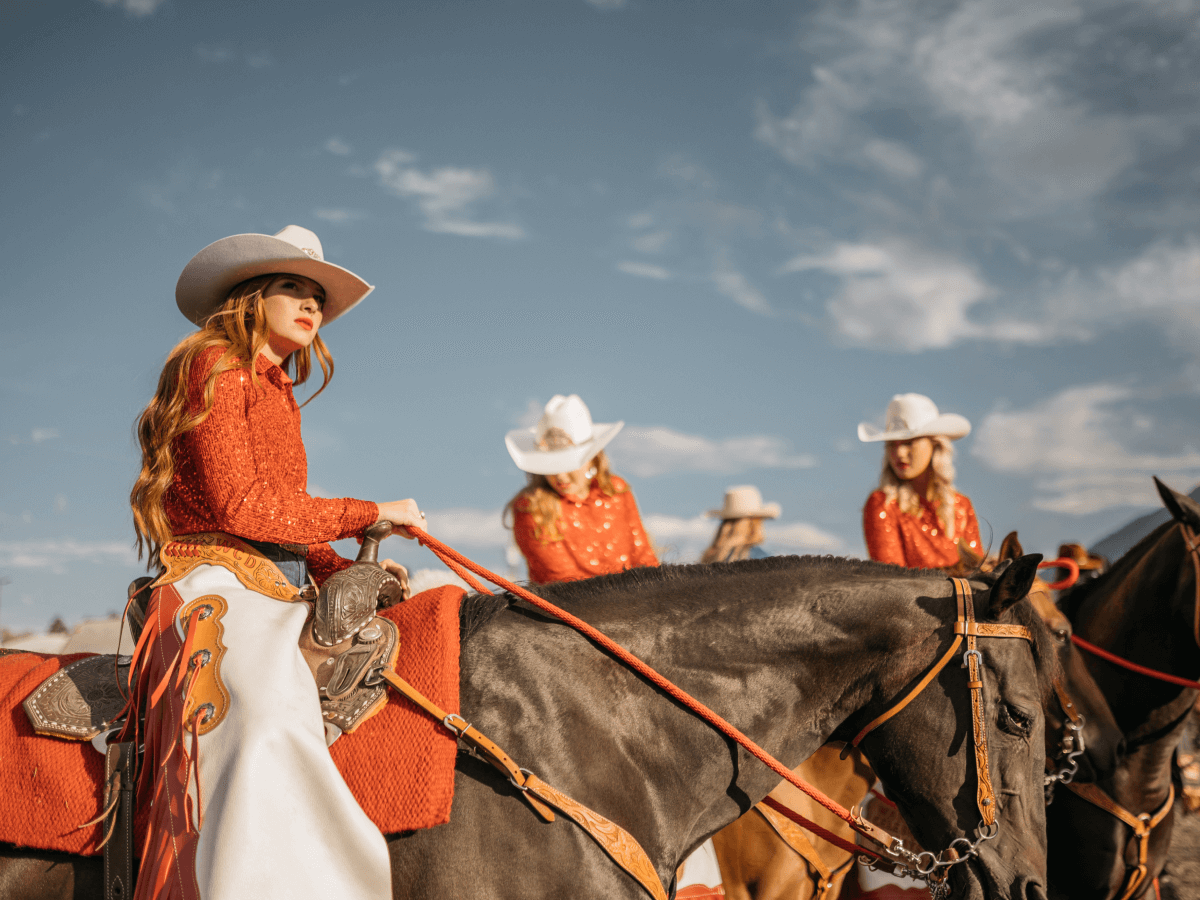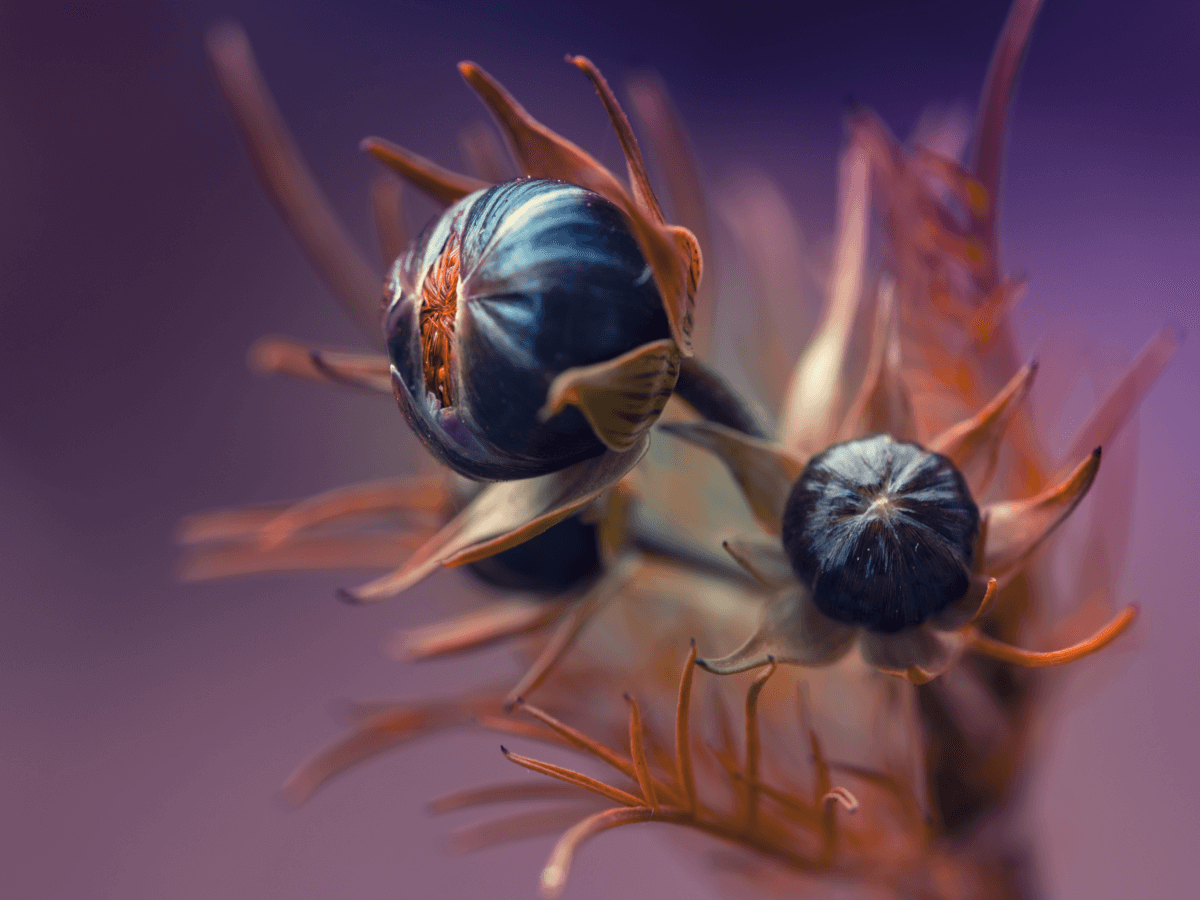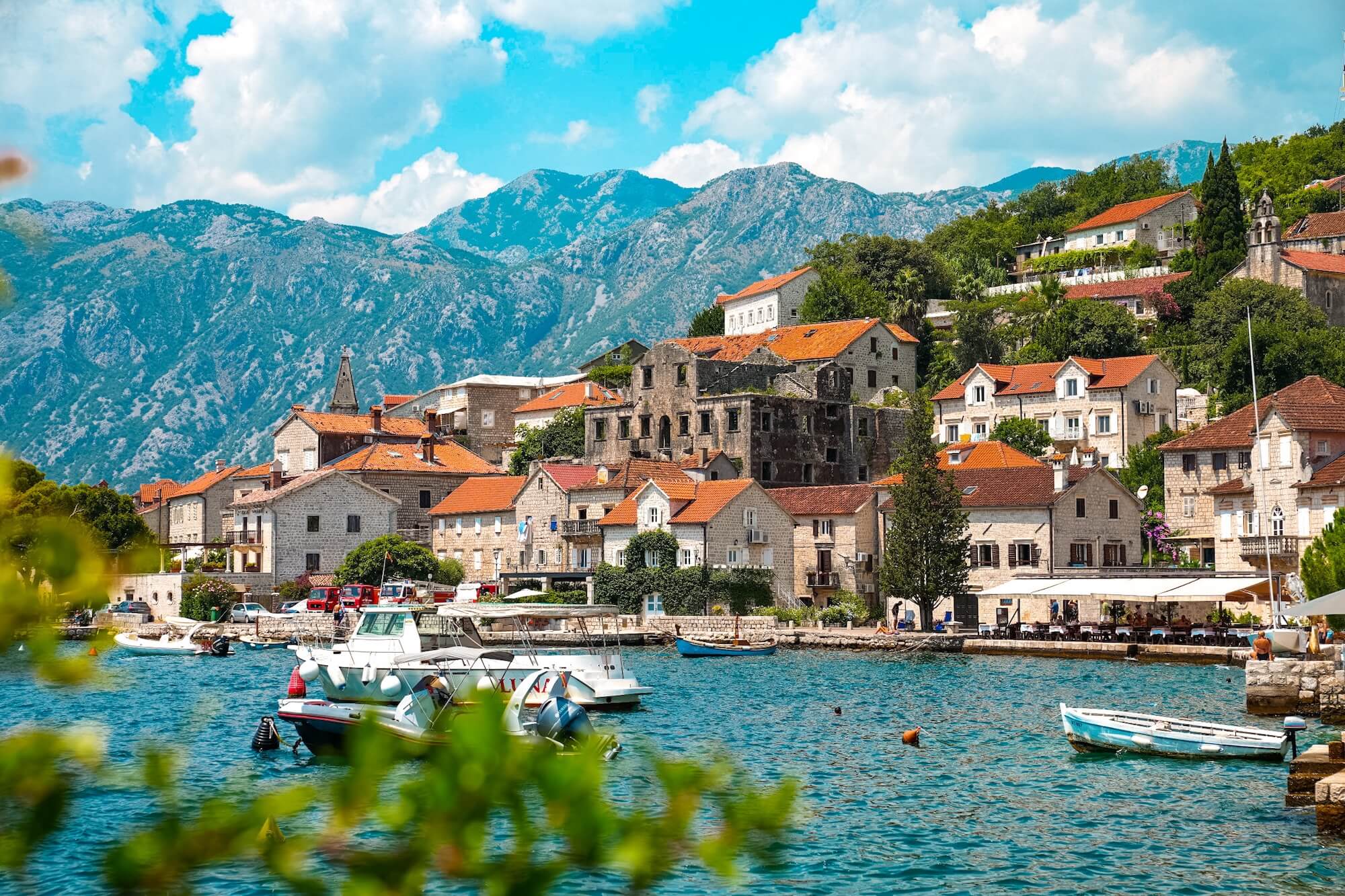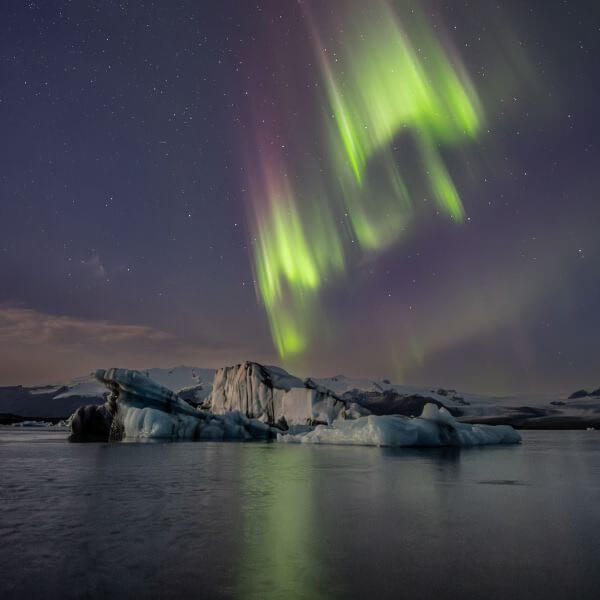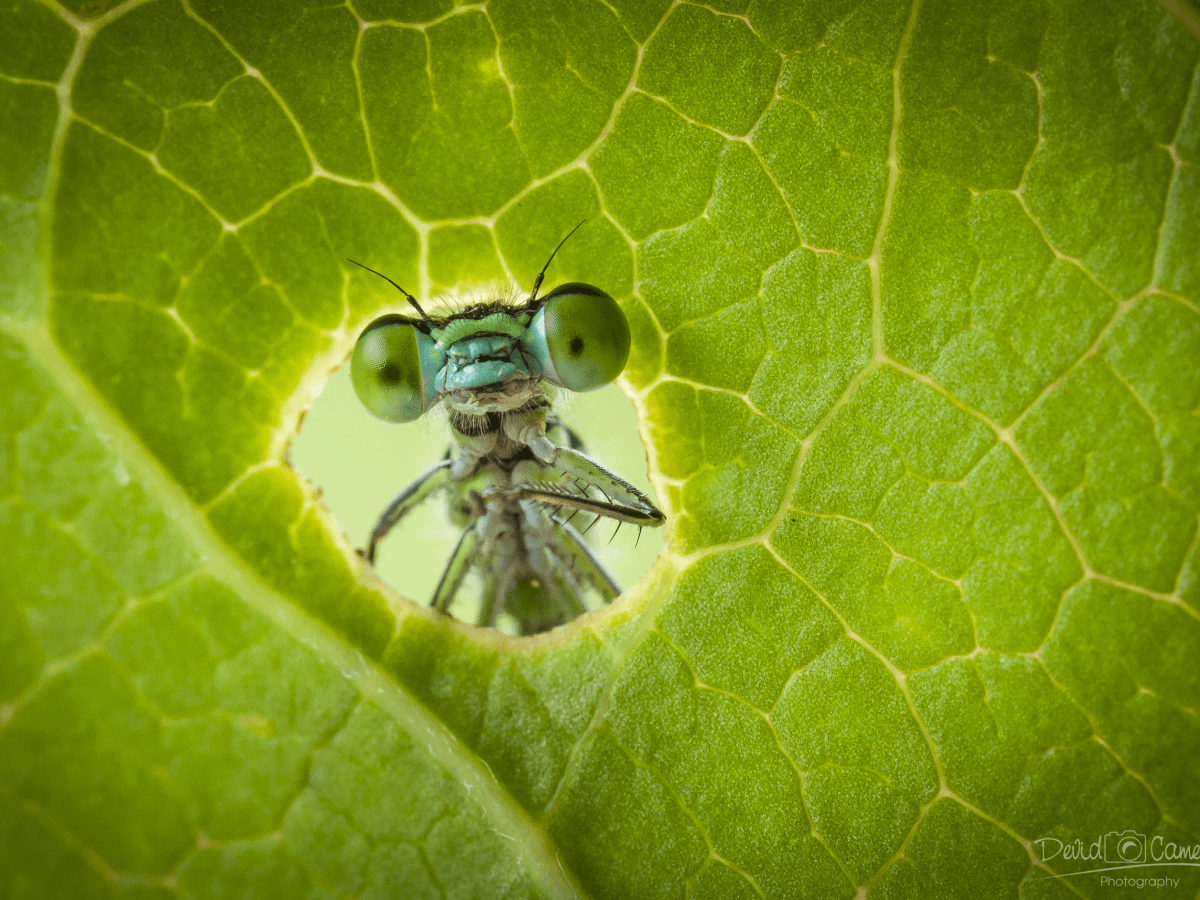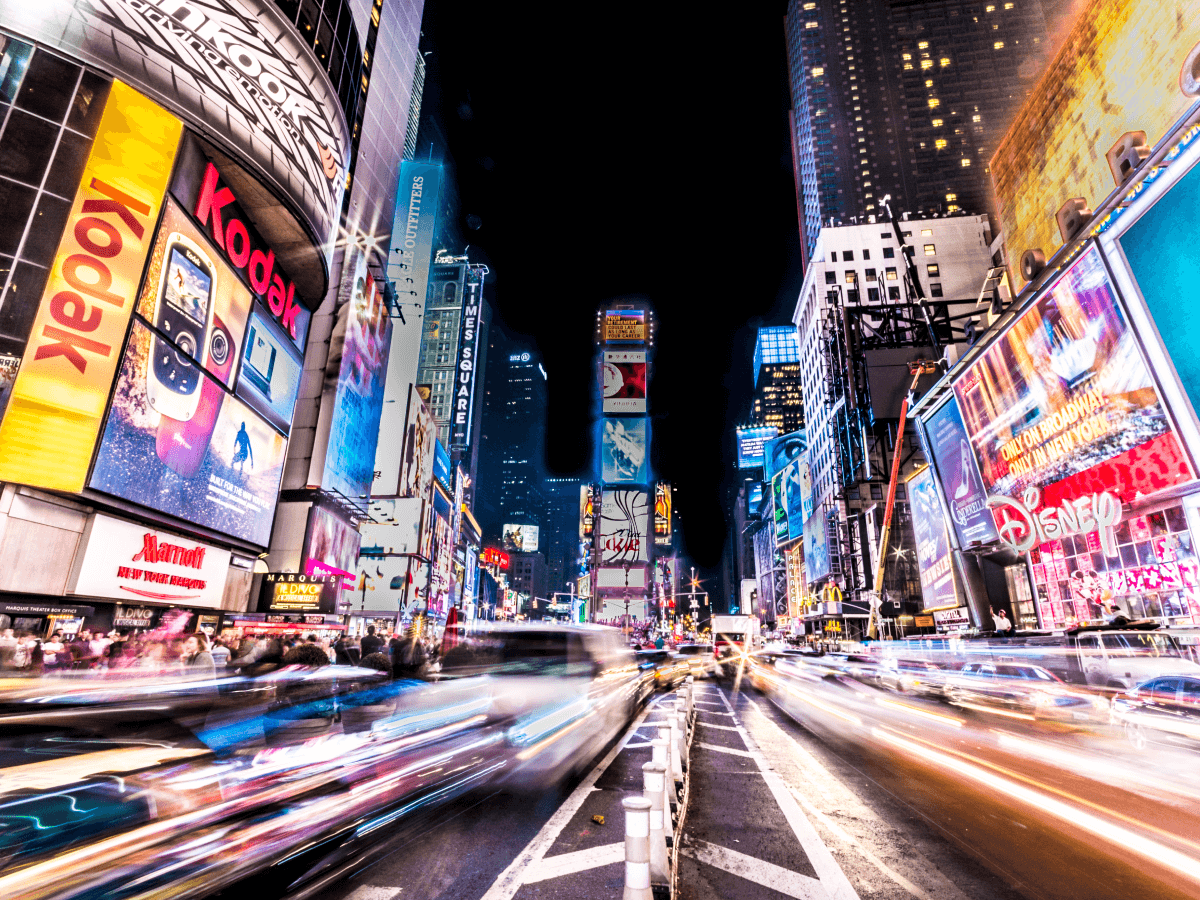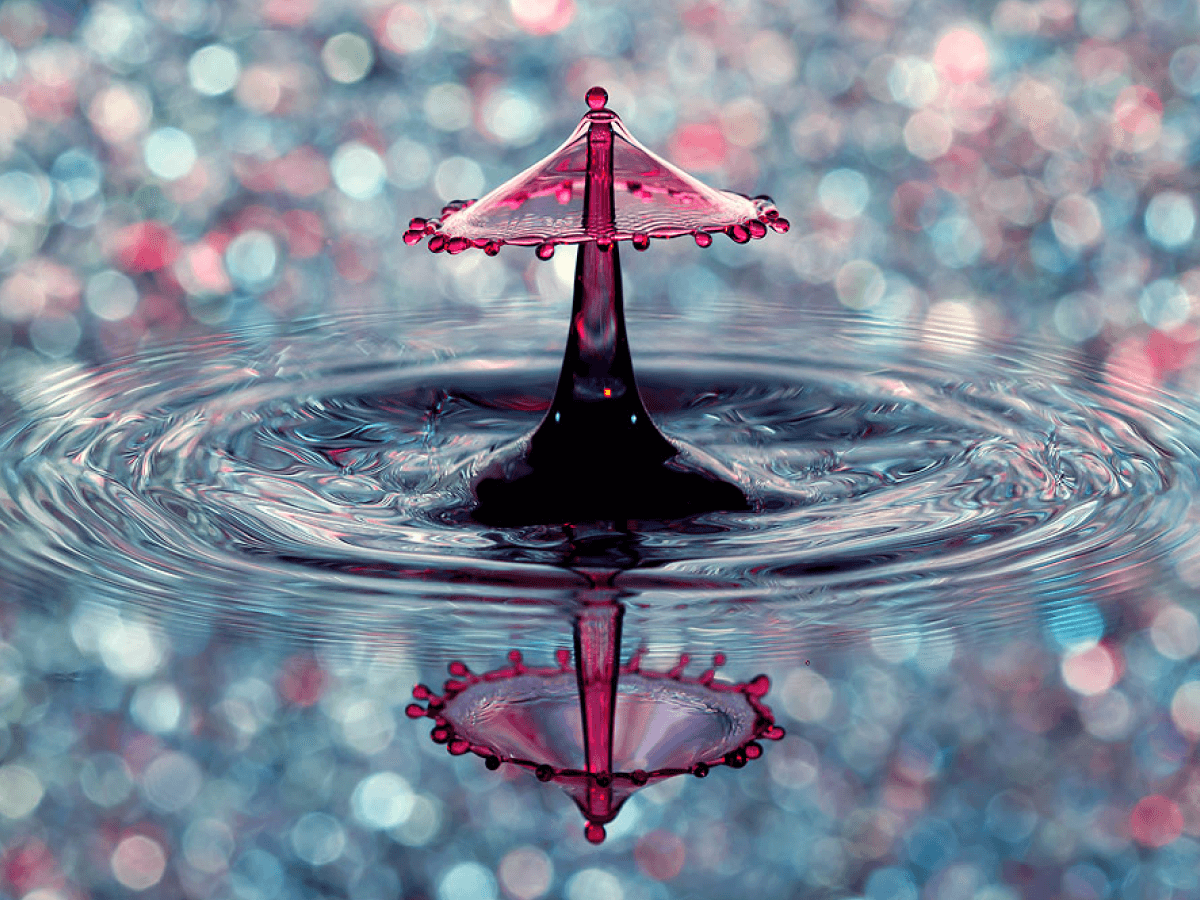iso.500px.com
The 500px Photographer Spotlight invites you to dive into the minds and methods of the incredible photographers who shape our community. Discover the unique journeys, creative insights, and inspiring stories behind the stunning photos we love.Tugba Din is a Turkey-based photographer and teacher who crafts photos that truly tell a story. Discover how she finds inspiration, what surprising moments shaped her perspective on photography, and how she blends careful planning with sudden discoveries. Dive into the mind of an artist who believes in the powerful connection between people and photography. Keep reading to explore Tugbas photo journey and unique vision!Tugba, can you tell us about your initial inspiration for photography and how your passion has evolved with time and experience?My passion for visual storytelling began with cinema, and that love has always remained with me. Since filmmaking is such a collective process, I was naturally drawn to photography as a more personal and direct form of creative expression. In photography, just like in cinema, I can tell stories, capture emotions, moments, and narratives through a single frame, and that is why I love it just as deeply.For a long time, I didnt own a camera, just a small Sony Handycam my father had bought, which I used to film little moments on my own. In 2015, I was appointed as a teacher in the rural district of Han in Eski?ehir, Turkey. With my first salary, I bought myself a camera. Living in a village inspired me to document people and everyday life. The first photo I ever took was of an elderly man walking past my house on a snowy day. That quiet moment marked the beginning of my relationship with photography, which now exists side by side with my love of cinema.The first photo | Ever took-Han district Eski?ehir (2014)Has anything ever gone unexpectedly wrong during one of your photoshoots, leading to an unexpected good artistic creation? Wed love to hear your story.One day in 2018, while I was trying to take a portrait of my friend during sunset in Zonguldak Ere?li, I unintentionally captured her as a silhouette against the setting sun. At first, I thought it was a mistake because I couldnt see her face clearly. But when I looked at the photo later, I realized how striking it was. The powerful contrast and emotion in the silhouette taught me that photography isnt just about technical perfection; its also about discovering unexpected beauty. Since then, Ive embraced moments like this and let them guide my creative decisions.Silhouette of my friend at sunset- Zonguldak Eregli (2018)What other valuable lessons from your early photography experiences continue to influence your work today?One of the most important lessons Ive learned from my early days in photography is the value of persistence. Even when I didnt feel confident or inspired, I never lost the desire to take photos. That inner motivation helped me push through moments of self-doubt. I also learned that improvement comes from doing, not just thinking. The more I shoot, the more I grow. This simple truthkeep practicing, keep shootingstill guides my creative process today.Could you share some specific books, films, or albums that have significantly shaped your approach to visual storytelling?Cinema plays a major role in shaping my visual storytelling. The way films use composition, light, silence, and atmosphere has always inspired me deeply. One filmmaker who particularly influenced me is Nuri Bilge Ceylan; his poetic approach, use of natural light, and still, contemplative frames reflect a kind of visual sensitivity I admire.I also find inspiration in the works of Abbas Kiarostami and Agns Varda, who explore rhythm, simplicity, and human presence in a unique and touching way.When it comes to music, film soundtracks often stay with me long after Ive watched a movie. Im also deeply moved by the voice of Fairuz, and I often turn to Persian music and literature, whose poetic and philosophical tones continue to guide my creative expression.Have you ever revisited a past project or idea with a new perspective? What fresh insights or approaches were gained from that re-evaluation?Yes, Ive often found myself returning to places I had photographed beforewhether during travels or in familiar locations. The second time around, I noticed a shift in my approach. With more experience and technical knowledge, I no longer aimed just to capture what I saw, but to tell a story. I became more intentional about what the image conveys, and what message or feeling it might evoke in the viewer.When photographing people in particular, I began to prioritize connection. Rather than taking a quick shot, I would take the time to speak with them, understand their story, and reflect that intimacy in the frame. This shift from simply documenting to consciously storytelling has deepened my relationship with photography and the people I photograph.In a world where every shot counts, what role does planning play in your shoots, and how much do you leave open to spontaneity?I believe that planning plays an important role in photography, but I wouldnt describe myself as someone who always follows a strict structure. Still, I adjust based on the subject or context. For example, if I plan to shoot a sunset, I make sure to choose the right time and location in advance. When doing street photography, I often scout the area beforehand or create a mental outline. I also participate in themed competitions on various platforms, which require me to work within specific concepts and deadlines, so in those cases, planning becomes essential.Because I have a busy work life as a teacher, I need to organize my creative time carefully. I try to make the most of my free hours, which often means planning ahead. I also love to travel, and before visiting a new place, I usually do some research to make the most of both the experience and the photo opportunities. That said, I always leave space for spontaneity; some of my favorite shots have come from completely unplanned, instinctive moments.In hindsight, what specific camera techniques or settings do you now wish you had honed earlier in your photographic career, and why?One technique I wish I had mastered earlier is understanding and trusting the exposure meter, especially learning how to balance the exposure indicator to zero in manual mode. In the beginning, I often relied on automatic settings, hesitant to explore the manual controls of the camera. I was afraid of making mistakes. But over time, I realized the importance of experimenting with ISO, aperture, and shutter speed to achieve proper exposure and creative control. I also didnt fully recognize how useful a tripod could be in the early stages. Now I see how essential it is for stability, especially in low-light conditions or long exposures. Learning not to fear the settings and to explore my cameras full potential has significantly improved my work.If you could share one truth about the world of photography that you believe is often misunderstood or overlooked, what would it be and why?One thing I wish more people understood about photography is that its not just about pressing a button or having the best equipment. Its a deeply collective and intentional process. Sometimes its about being in the right place at the right time, choosing the right theme, reading the right books, and learning from the right photographers. Knowing what you want to capture and why is essential, whether its fashion, portrait, or documentary photography. Photography isnt a single path; its a multifaceted field that requires direction, clarity, and above all, dedication. Hard work and consistent effort are what truly shape a photographers growth.Whats in your camera bag that no one would expect?One thing you might not expect in my camera bag is this small black notebook, a gift from Sony. I carry it everywhereto jot down sudden ideas, shot lists, or even small thoughts during a shoot. It helps me stay mindful and intentional.I also carry dates and almonds for energy!Given the rapid advancements in technology, how do you envision the future trajectory of photography, and what role do you see yourself playing in shaping that future?I believe that technological advancements, especially artificial intelligence, shouldnt be ignored or resisted. Rather than viewing them as threats to Photography, I see them as tools that can accelerate and support the creative process. Al can certainly enhance efficiency, from editing workflows to image sorting. However, it also brings challenges: distinguishing between AI-generated and real photographs is becoming increasingly difficult. That said, I dont believe AI will replace authentic visual storytelling. The human perspective, intuition, and emotional depth behind the lens are irreplaceable, and thats where the true soul of photography lies.Do you have a recent project or shoot that youre particularly proud of, and would like to share?Recently, I completed the rough cut of a short documentary I filmed about a teacher friend who practices traditional storytelling. Im also working on a fictional short film project that focuses on ocean pollution. In the coming days, Ill be traveling to Belgium and the Netherlands, where I plan to capture new visuals. Additionally, Im planning to shoot photographs specifically for the 2025 Istanbul Street Photography Festival and look forward to participating. I continue to create, explore, and tell stories through my lens.Check out an early cut of Tugba Din s documentary short filmRead more 500px Photographer Spotlight interviews: Nicole GrenierThe post Tugba Din: 500px Photographer Spotlight appeared first on 500px.



